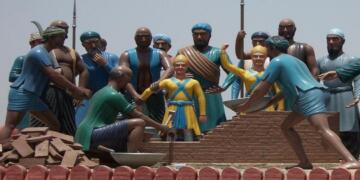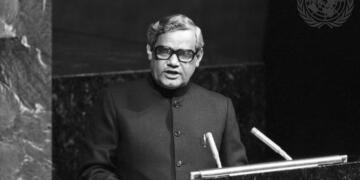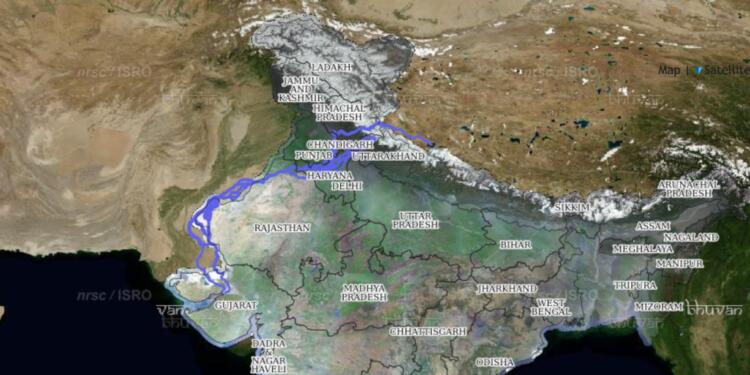In a discovery that could reshape the narrative of ancient Indian civilization, the Archaeological Survey of India (ASI) has unearthed evidence of a sophisticated and continuous human settlement dating back 4,500 years in Bahaj village of Deeg district, Rajasthan and all signs point toward a long-rumored connection: the Saraswati River.
What began as a routine excavation in January 2024 has now emerged as one of the most significant archaeological findings in recent memory. Over 800 artefacts have been uncovered so far, including pottery, bone tools, Yajna Kunds, ancient coins, Brahmi script seals, Mauryan sculptures, and even terracotta idols of Lord Shiva and Parvati- all nestled within five distinct cultural strata that include the Harappan post-period, Mahabharata period, Mauryan, Kushan, and Gupta eras.
But perhaps the most stunning revelation lies 23 meters beneath the surface: a paleo-channel believed to be part of the long-lost Saraswati River, revered in the Rig Veda and often dismissed by modern historians as myth.
Evidence: The Saraswati Resurfaces
For decades, the Saraswati River was relegated to mythology, a poetic construct of ancient hymns rather than a historical waterway. But the ASI’s excavation has brought science and scripture to an extraordinary crossroads. According to ASI site head Pawan Saraswat, the unearthed channel indicates an ancient river system that once sustained early human life across this region, possibly forming part of the broader Saraswati Basin Culture.
Linking the excavation site to the Saraswati- described vividly in Vedic texts challenges long-held colonial-era academic biases that have long separated Indian mythology from historical legitimacy. If confirmed, this discovery could bolster the growing belief that much of what ancient Indian texts recorded was not just symbolic, it was rooted in actual geography and lived experience.
Civilizational Continuity- Not Just a Coincidence
The site offers rare, uninterrupted glimpses into India’s civilizational continuity- a thread that runs unbroken from the Harappan settlements to the Gupta dynasty. The discovery of Vedic-style fire altars, Mahabharata-era pottery, copper metallurgy furnaces, and Gupta-period architectural elements all point to a region that was not merely inhabited but thriving across centuries of cultural and political shifts.
Of particular interest is the Mauryan-era statue of the Mother Goddess, bone tools such as combs and needles, seen in this form for the first time in India, and the 15 Yajna Kunds, reinforcing the deep spiritual and ritualistic life that defined the Vedic and post-Vedic periods. These are not just historical fragments; they are living proof of an unbroken tradition of knowledge, art, spirituality, and science.
A human skeleton found at the site has been sent to Israel for DNA analysis, signaling international scientific collaboration and an opportunity to understand the genetic history of early Indians.
A Challenge to Historical Narratives
This discovery raises uncomfortable questions for those who have long dismissed the Mahabharata and Vedic texts as myth. The layers unearthed do not just reflect history, they echo a civilizational identity that predates modern borders, colonial interpretations, and academic orthodoxy. For years, mainstream archaeology has been hesitant to accept the Saraswati’s historicity. This excavation may finally force that re-evaluation.
India’s Cultural Map Redrawn
More than just a dig site, Bahaj village is now a critical junction between scriptural reverence and archaeological proof. The Braj region, long known for its spiritual and cultural richness, may now also be recognized as a cradle of ancient innovation, urban life, and religious evolution.
The ASI has submitted its findings to the Ministry of Culture, and the site is expected to be declared a National Archaeological Protected Area. But in truth, this discovery belongs to more than just a ministry or a map, it belongs to the ongoing story of India as one of the world’s oldest, continuous civilizations.































